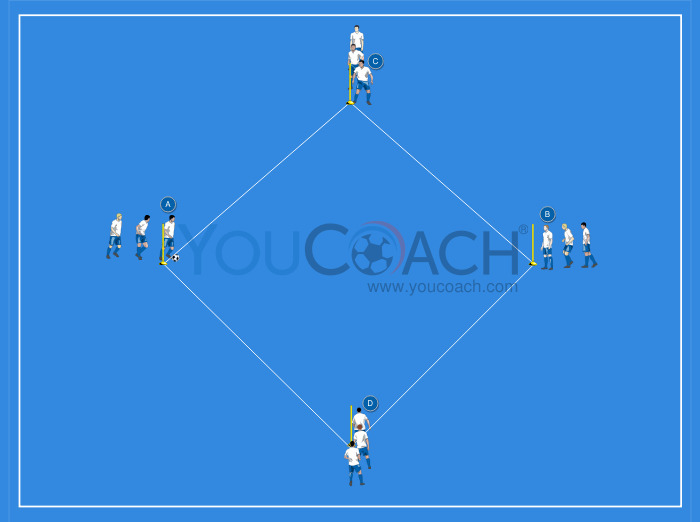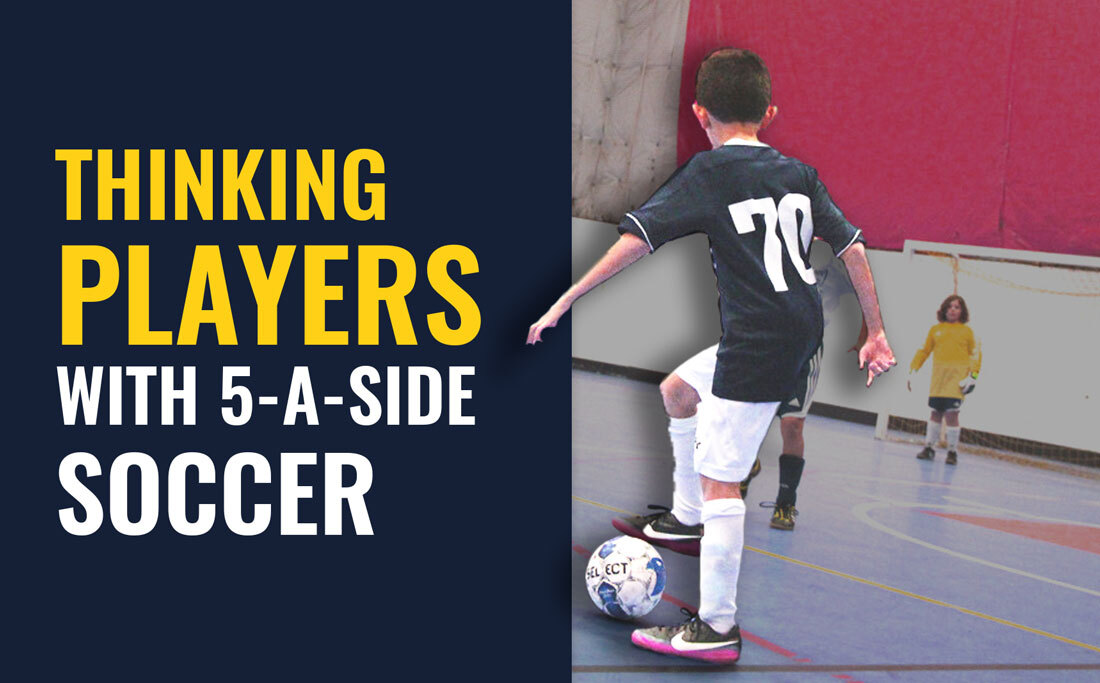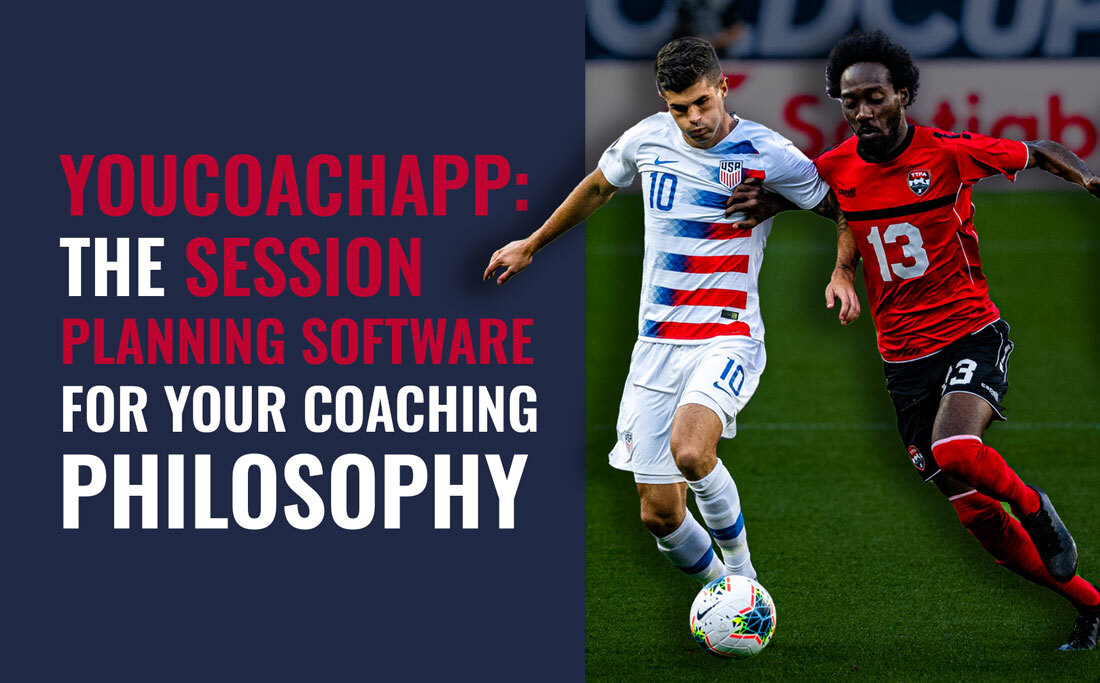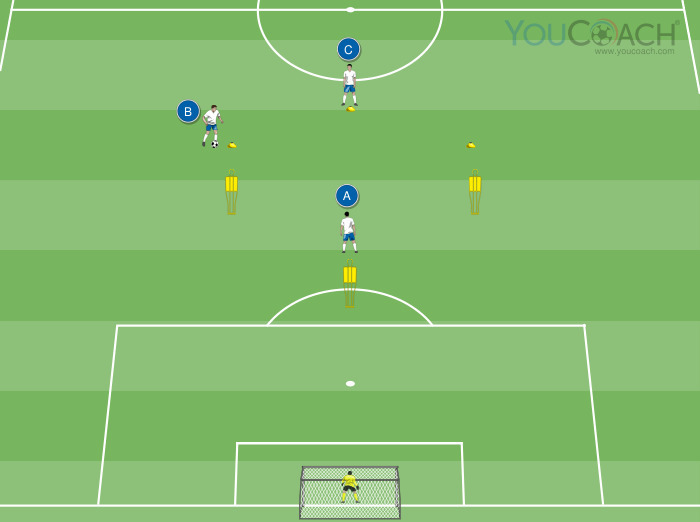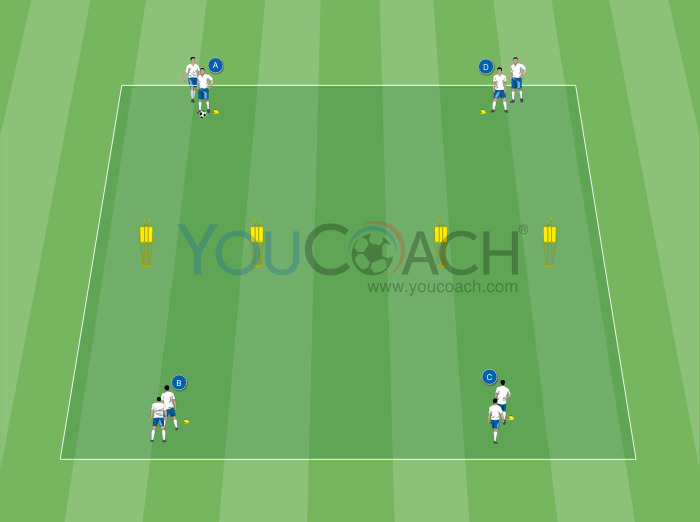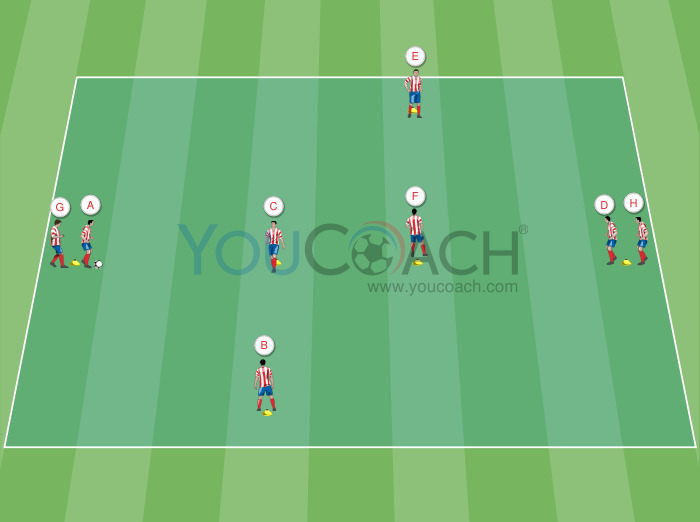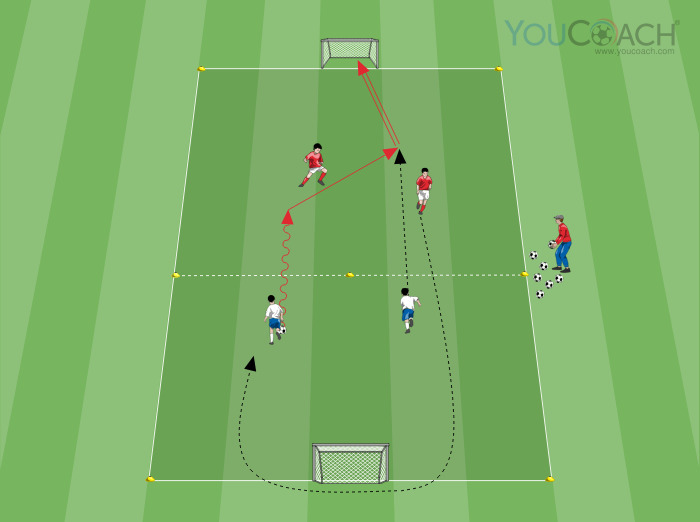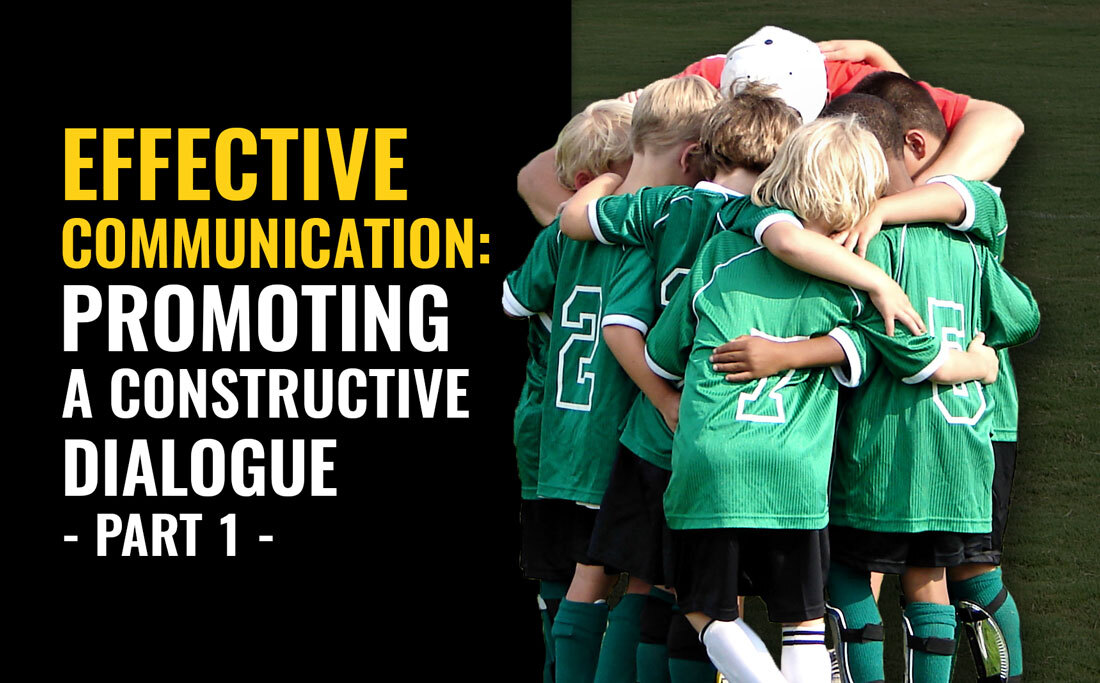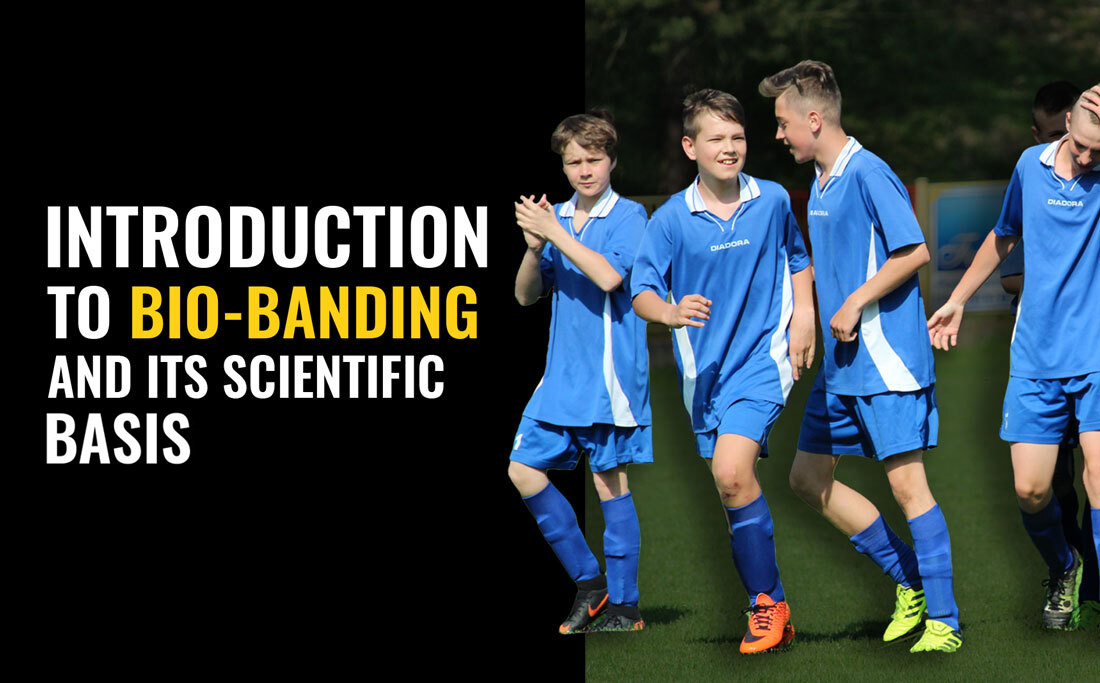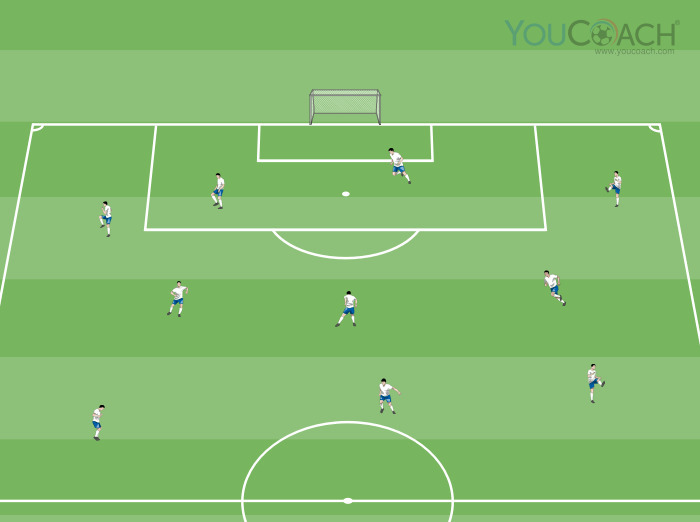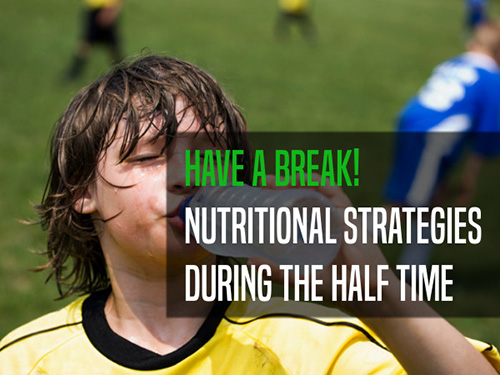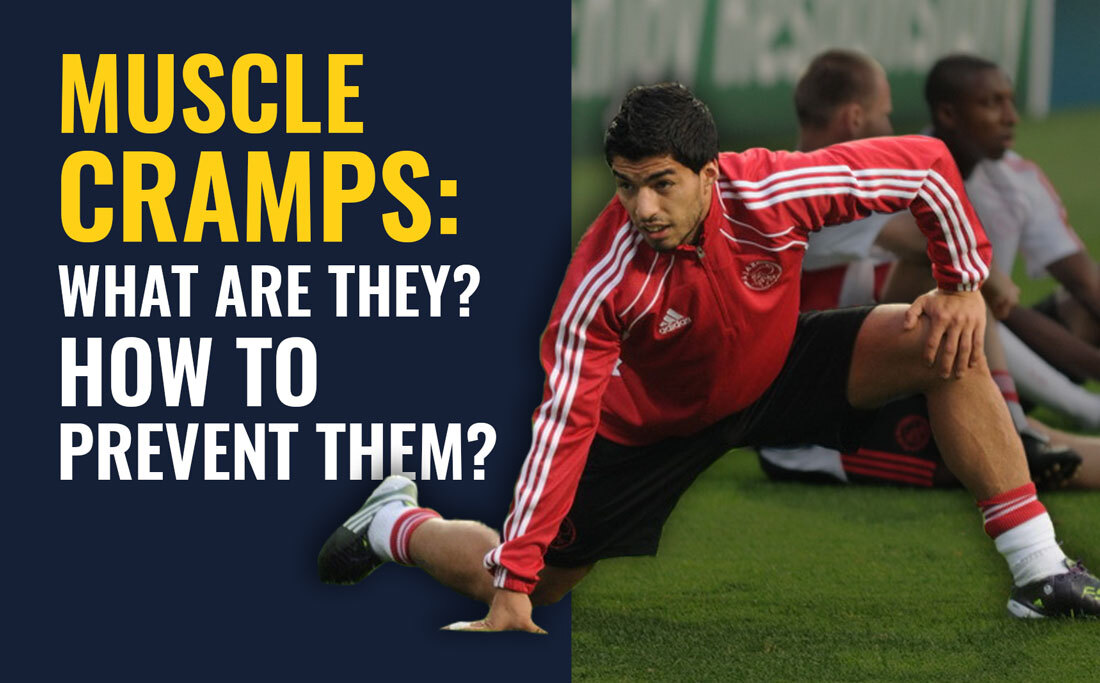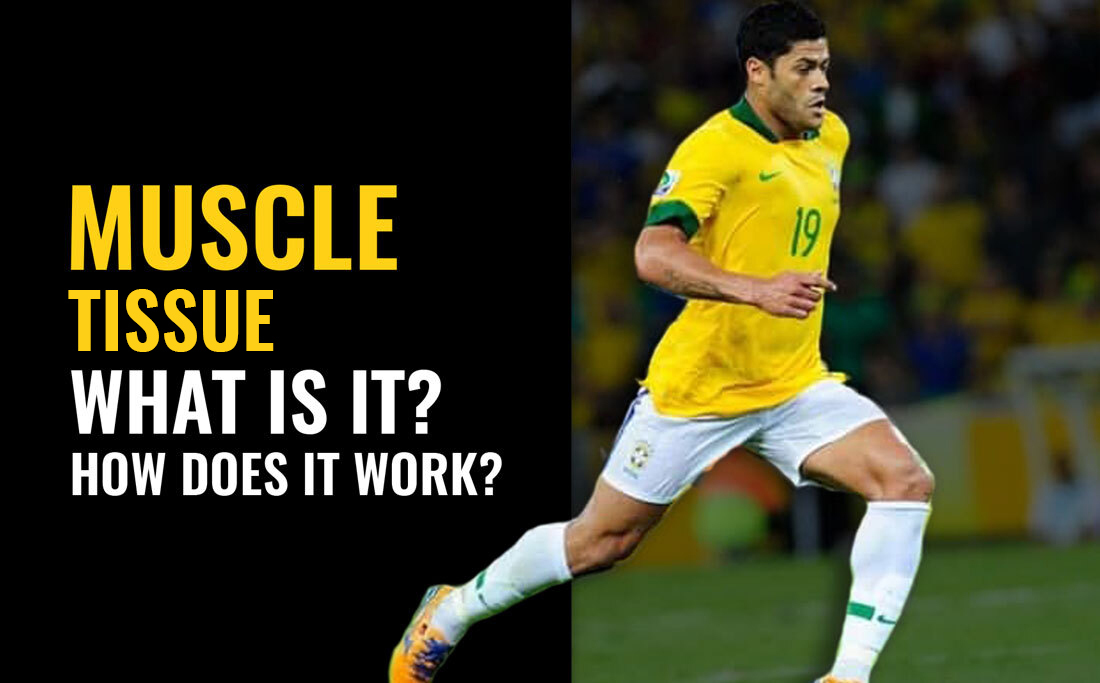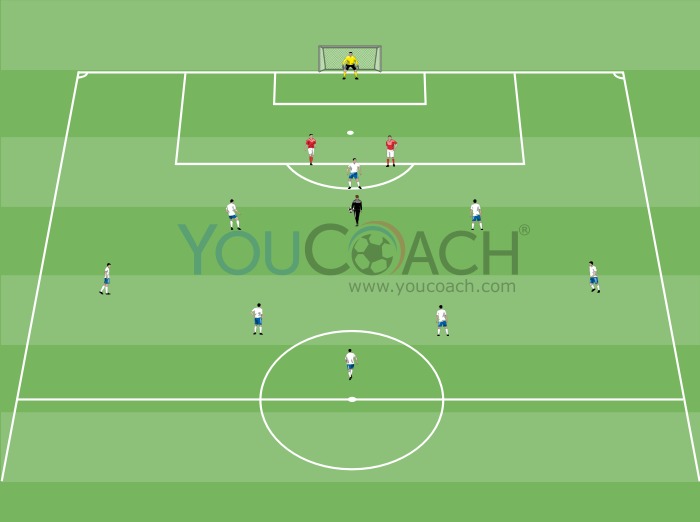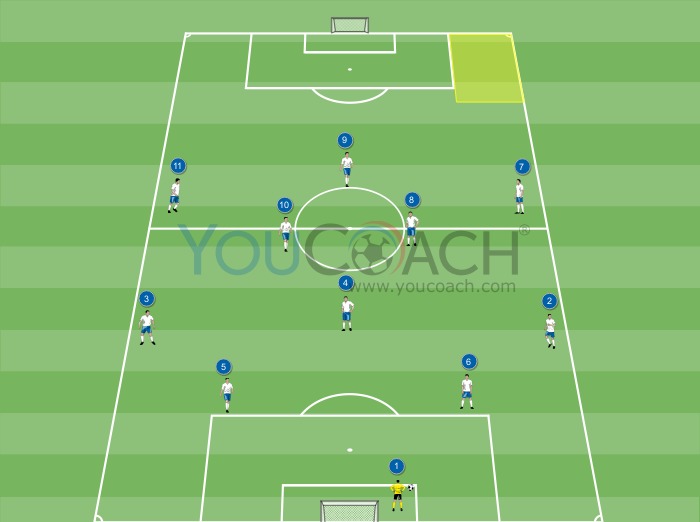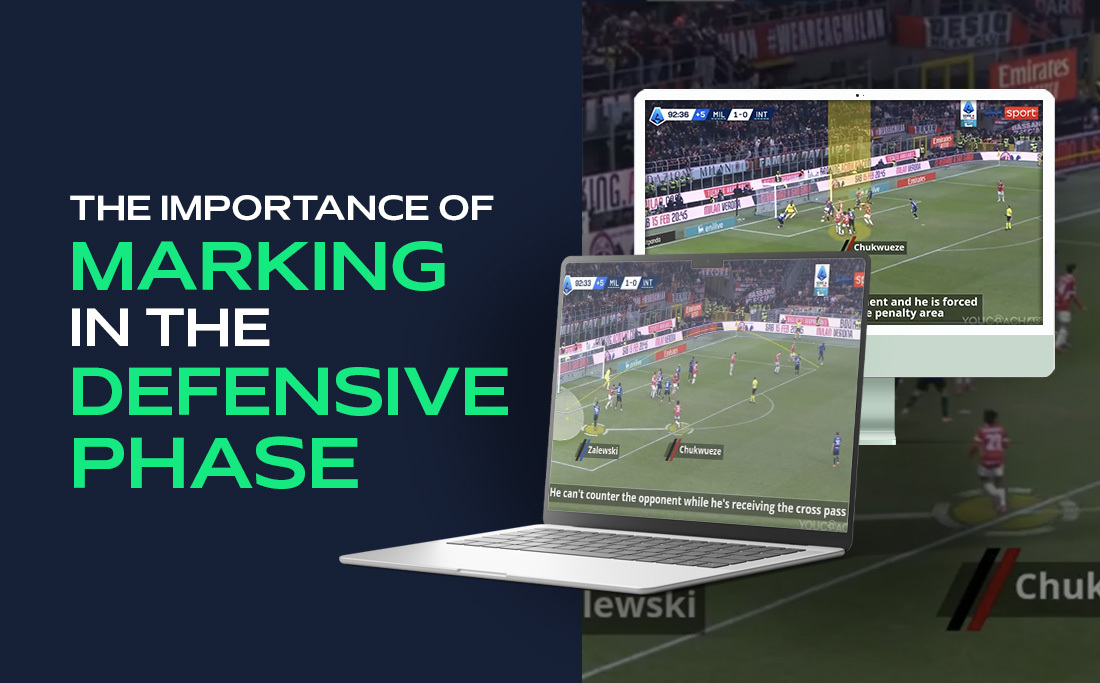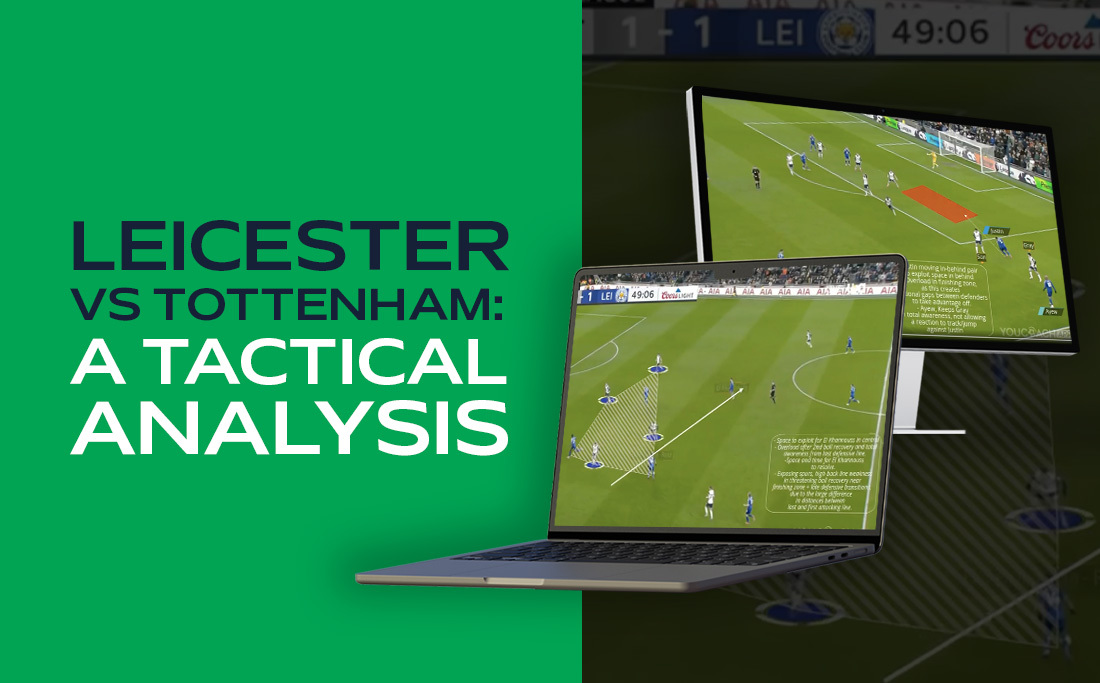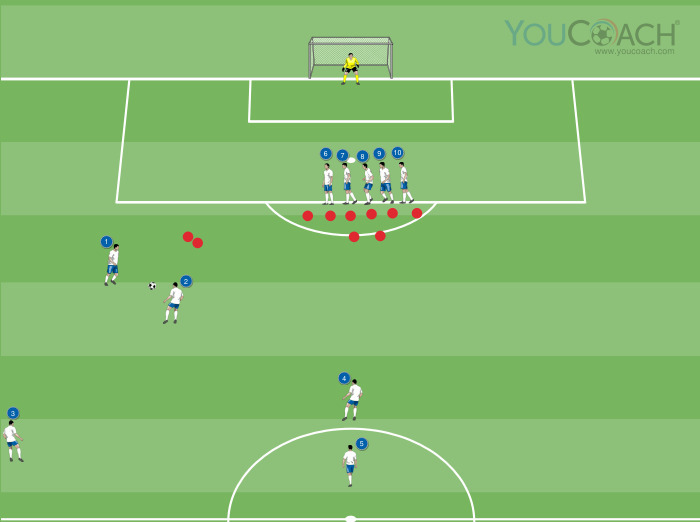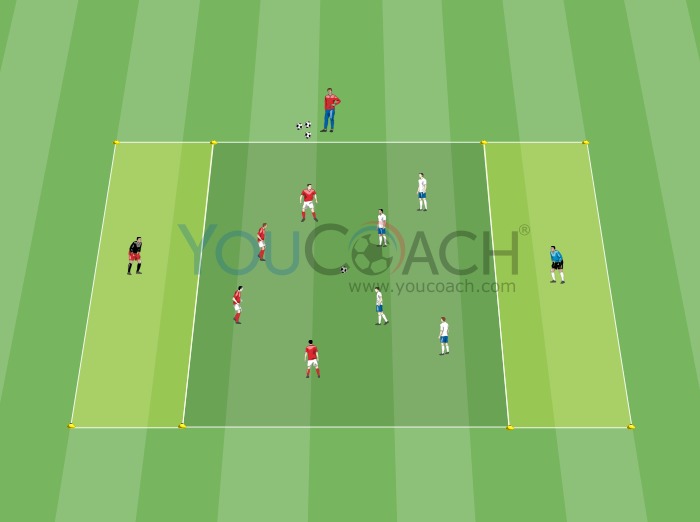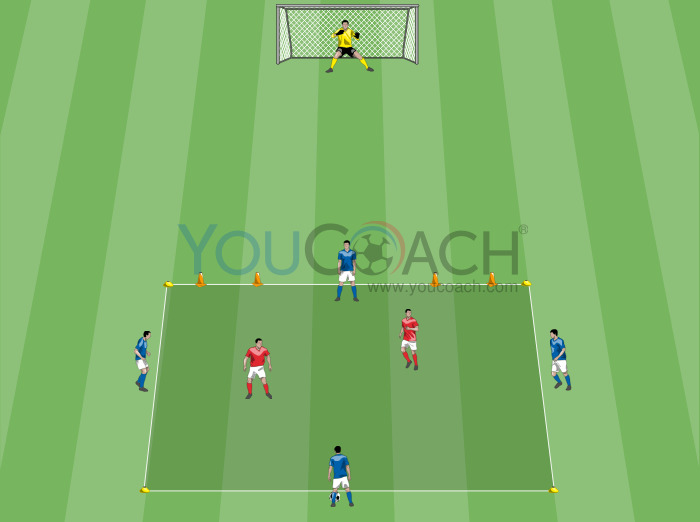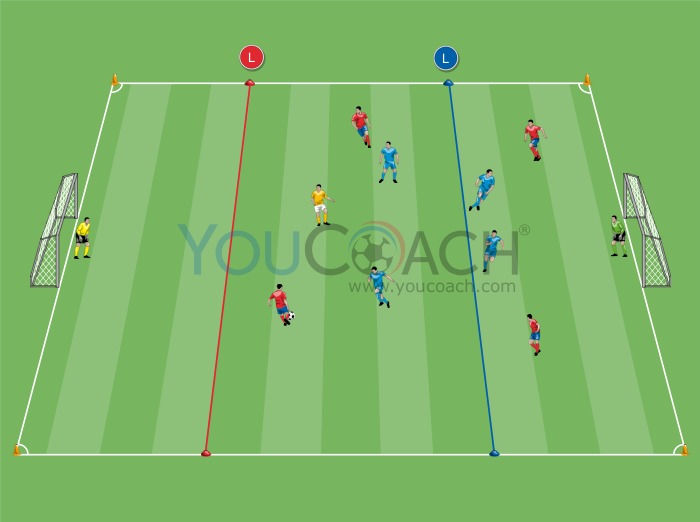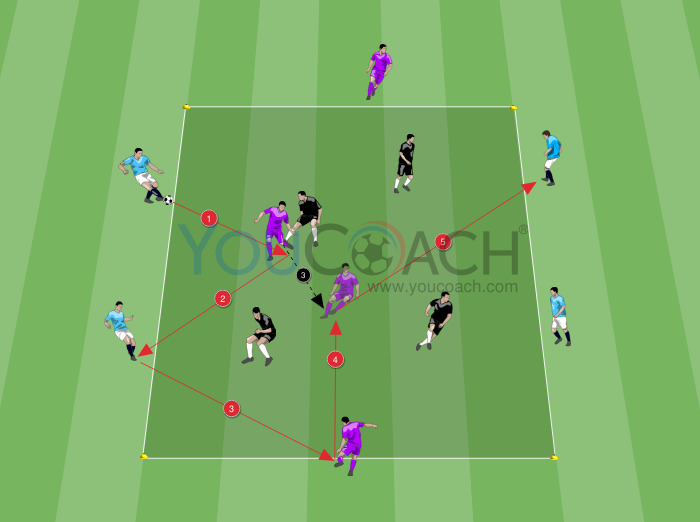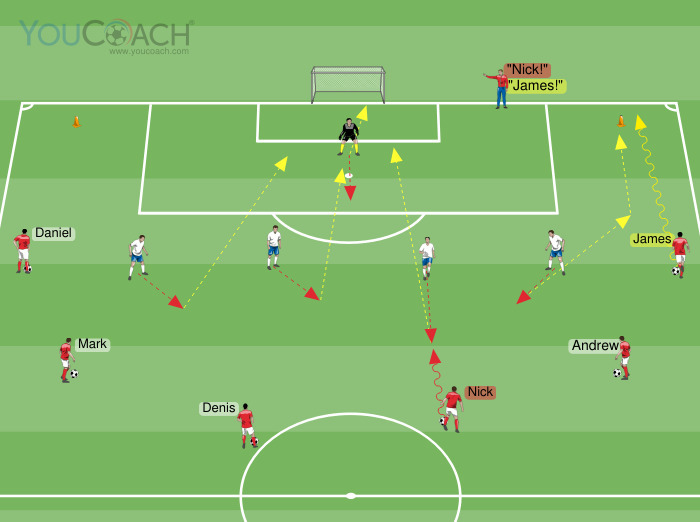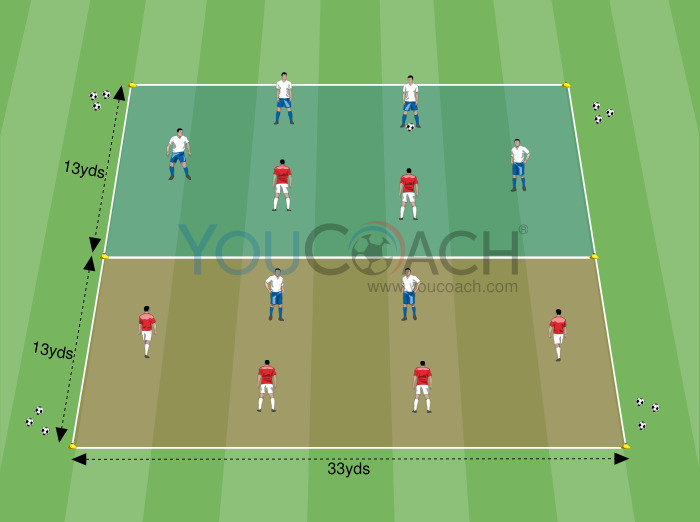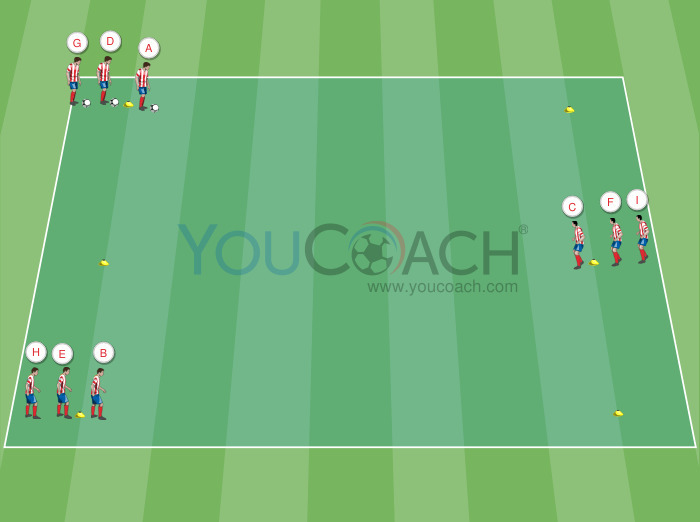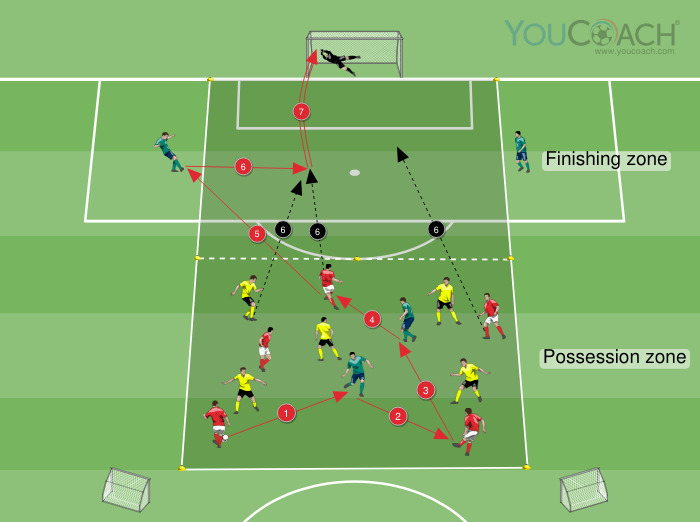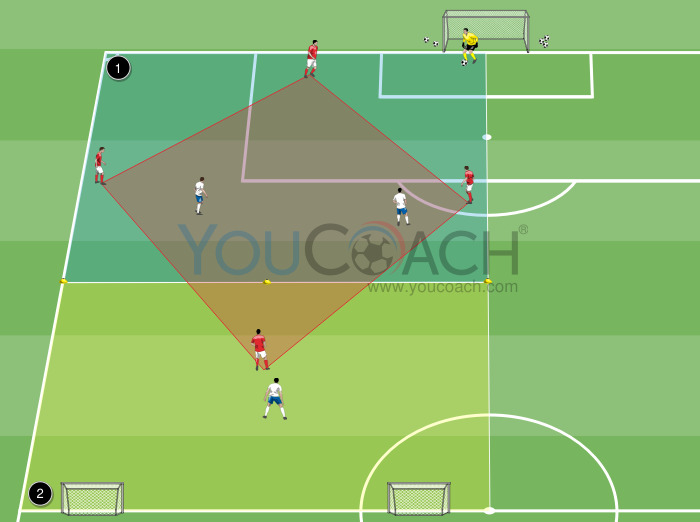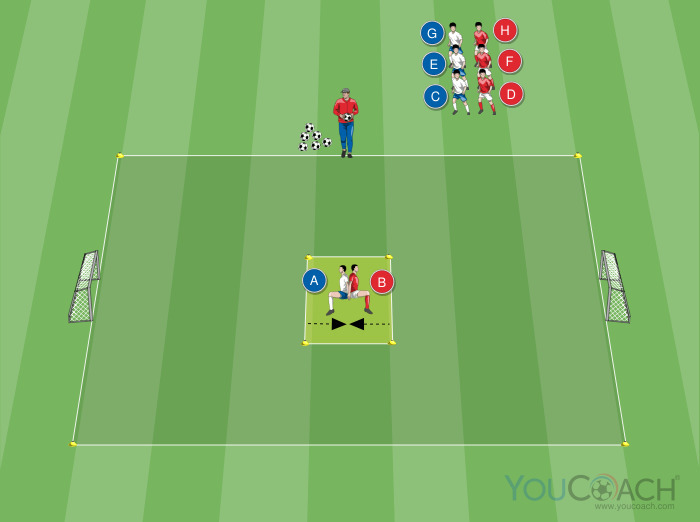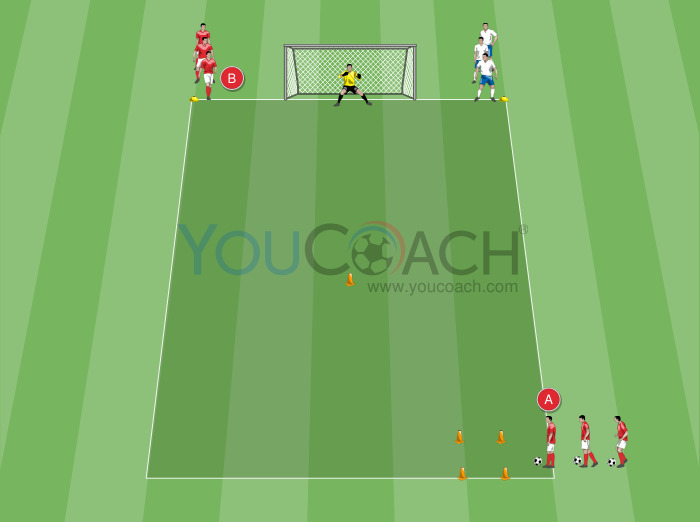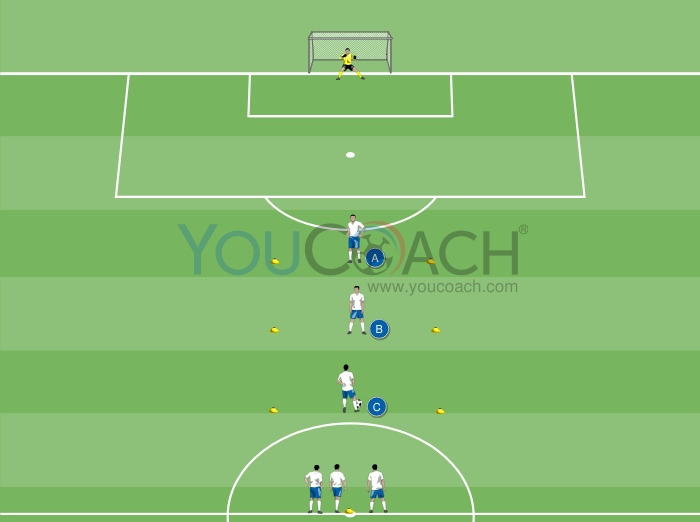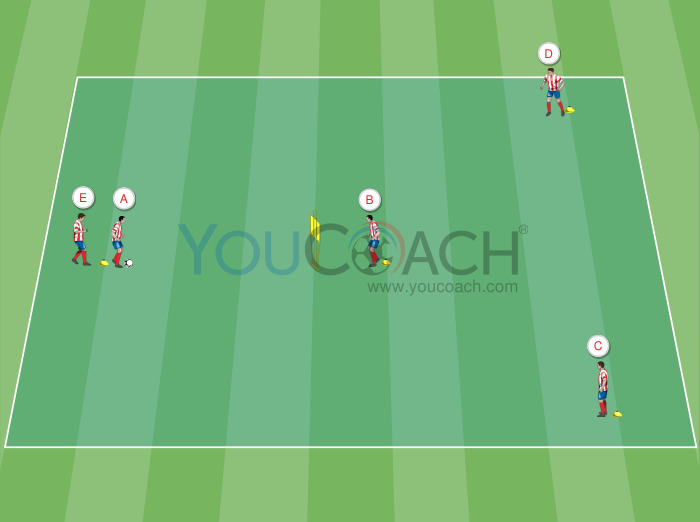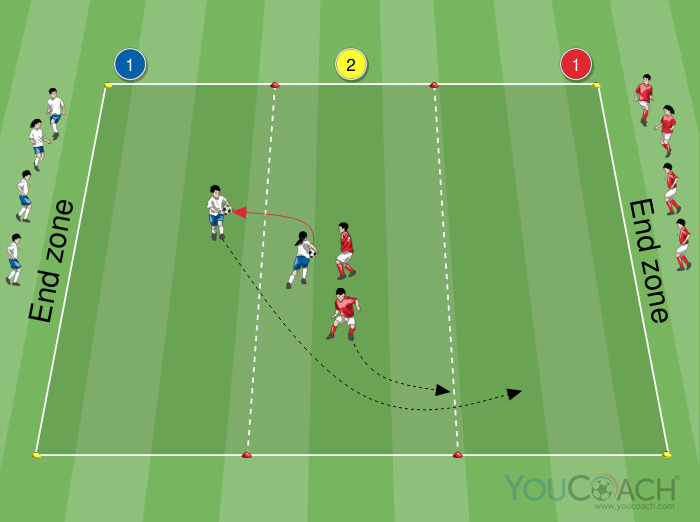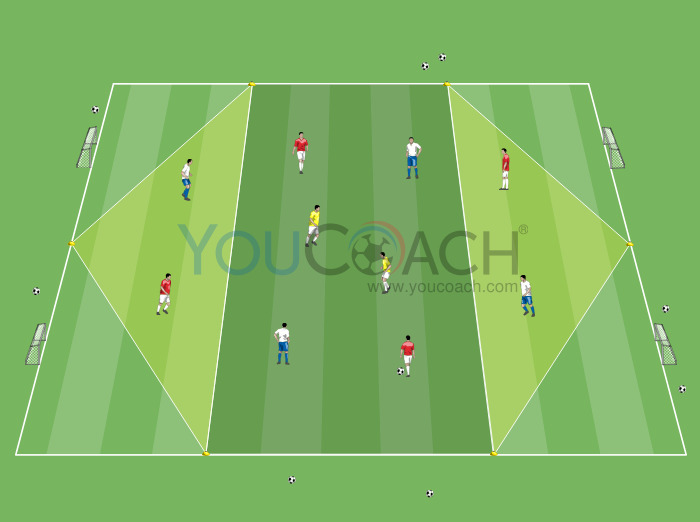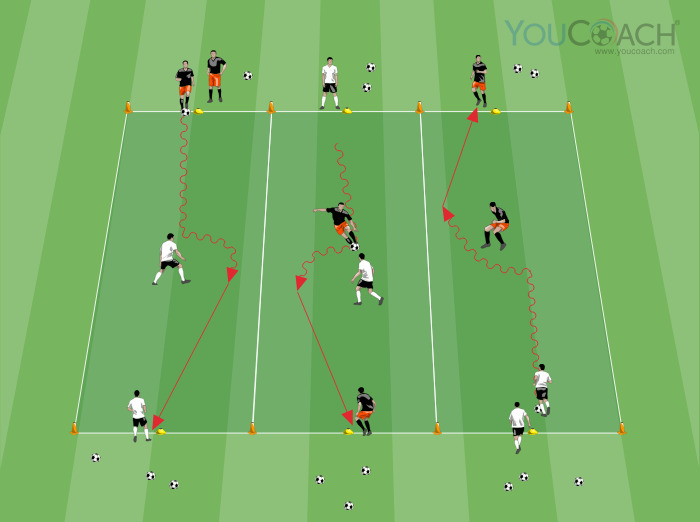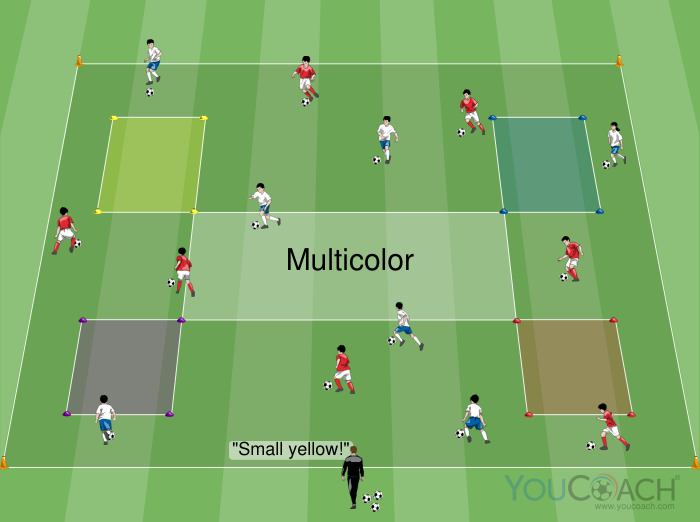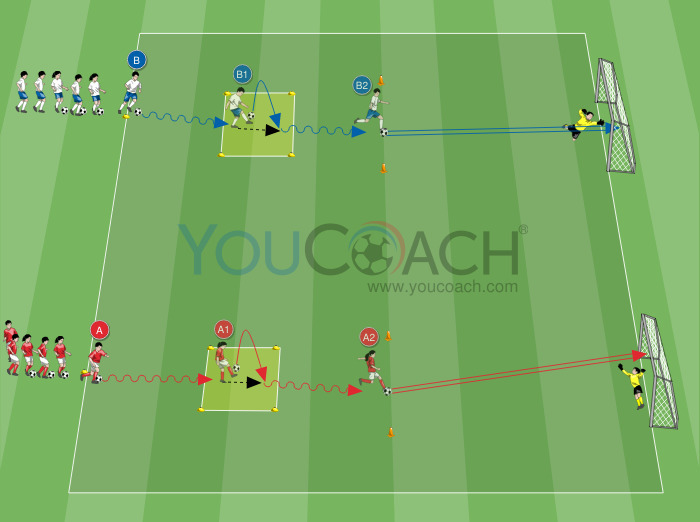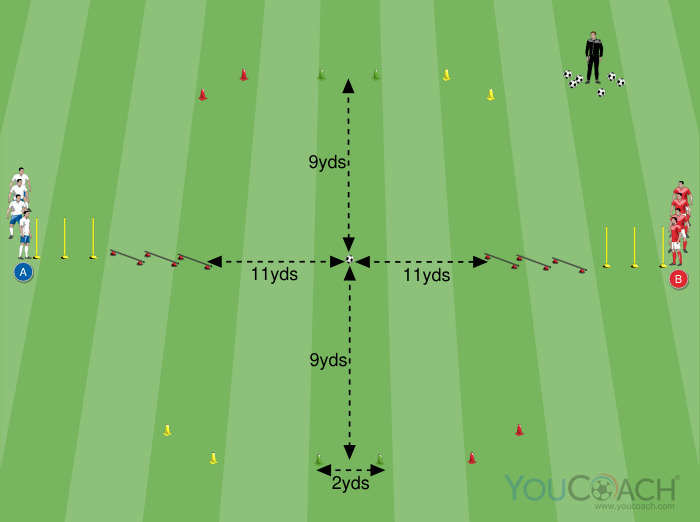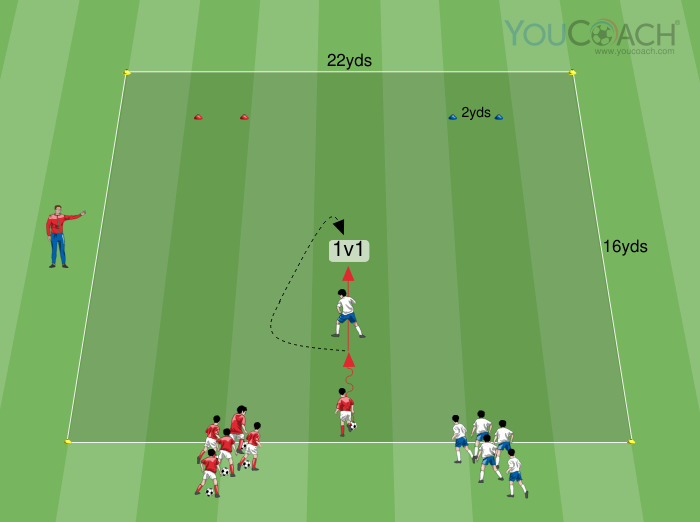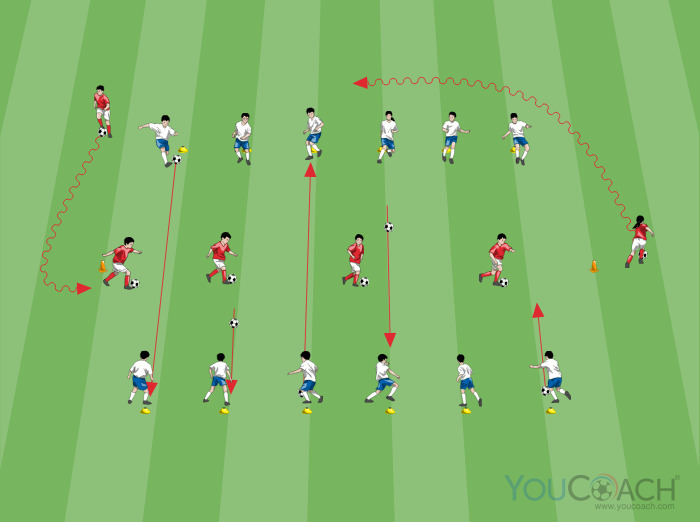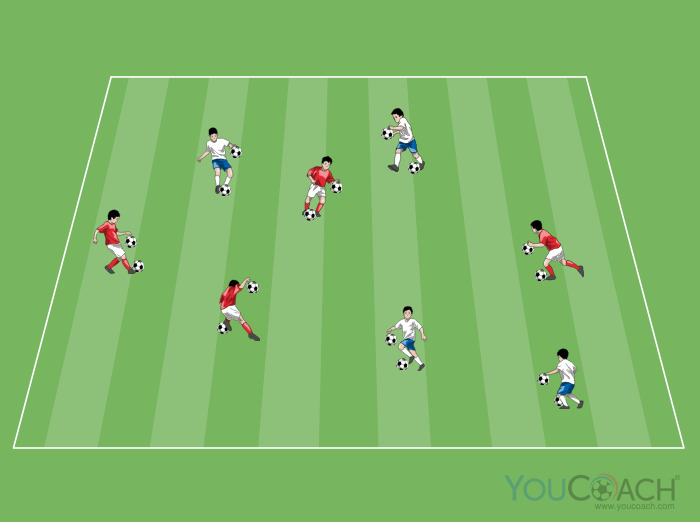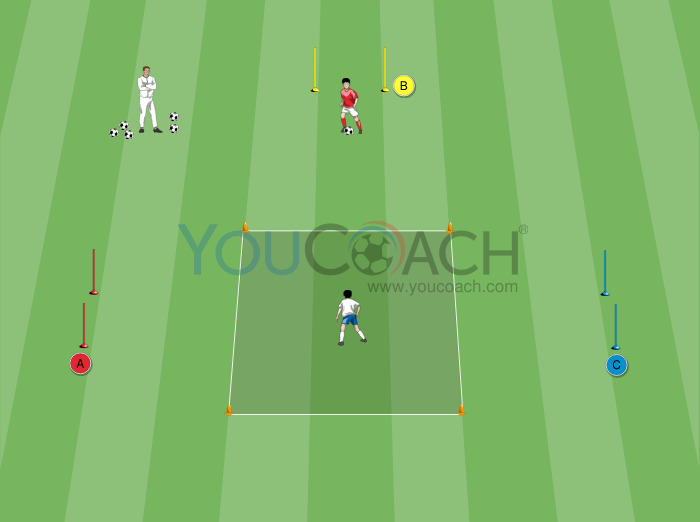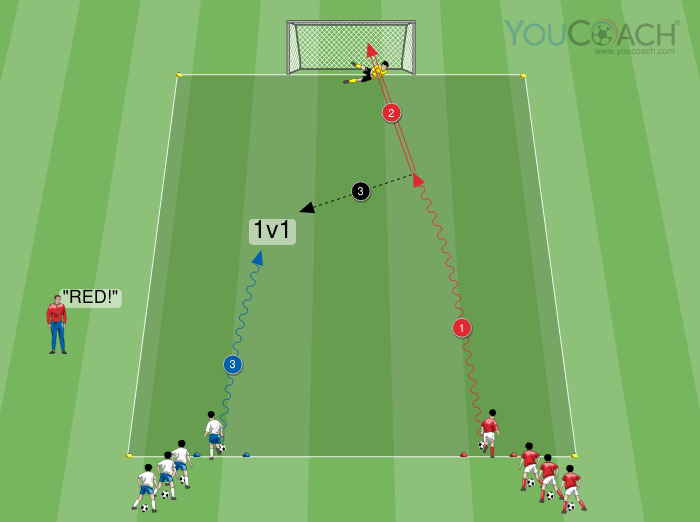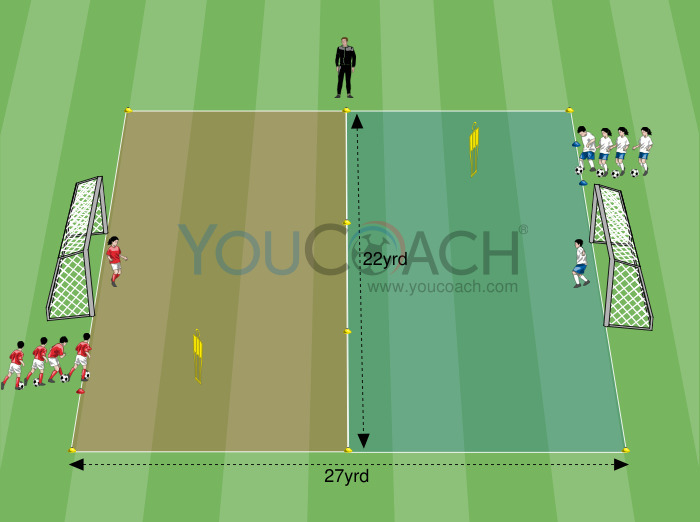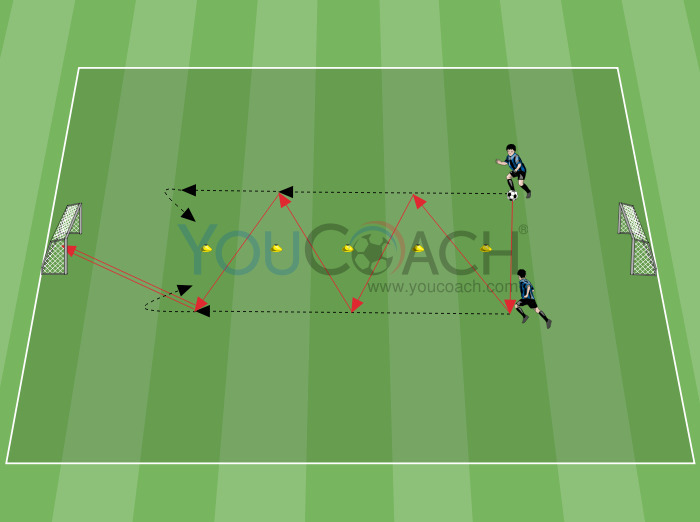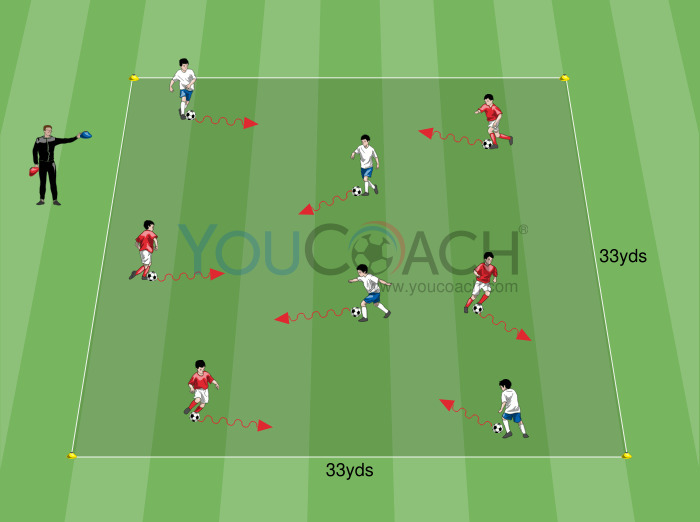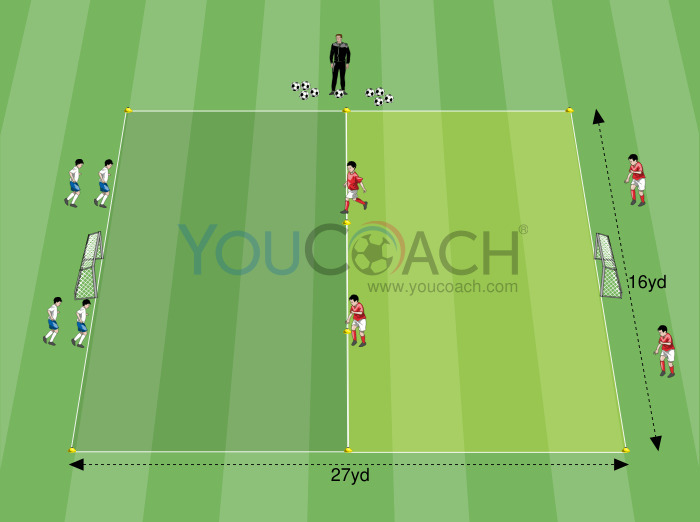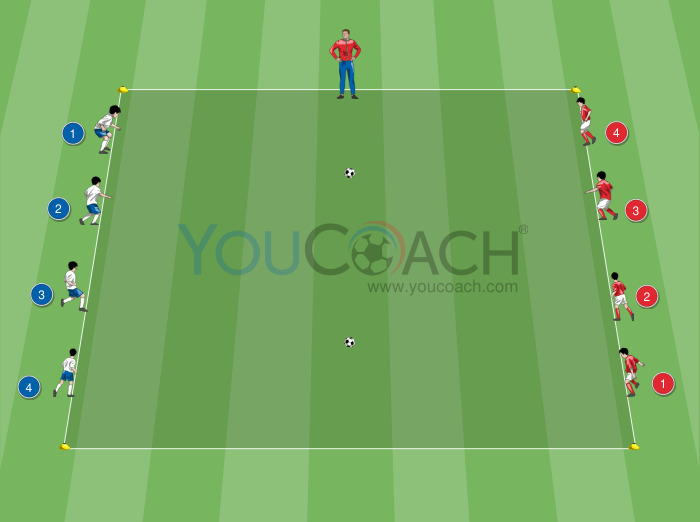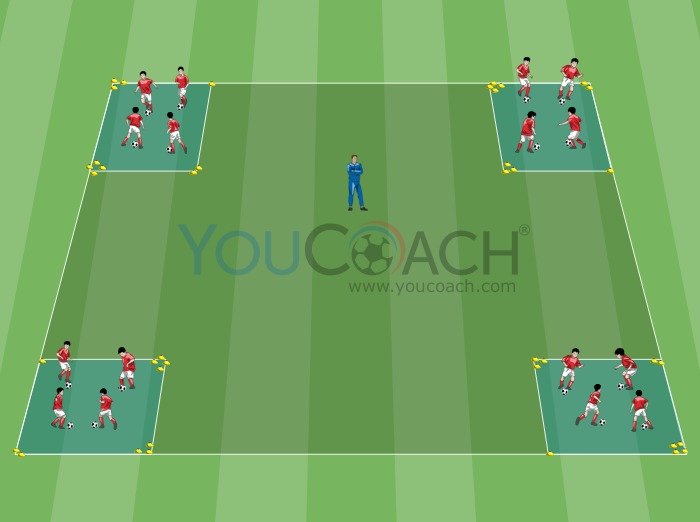The right distance
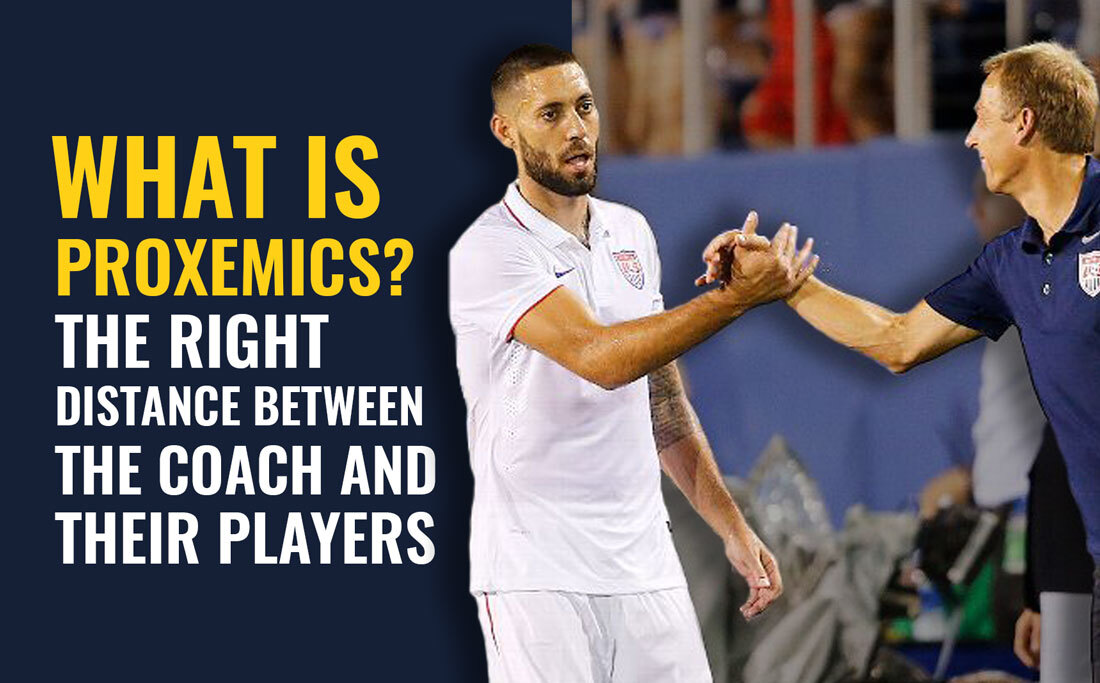
|
What elements shall we consider for an optimal management of interpersonal space? |
In this article we're going to discuss proxemics and its strong effects on the kind of message received by interlocutors.
First of all let’s describe what we are talking about with a simple definition associated with soccer: proxemics is the distance between the coach and their players.
Distance can be as follows:
- Intimate distance: close distance up to body contact (0-50 cm)
- Personal distance: the distance determined by two arms length (approx. 1 m)
- Social distance: between 1 m and 3-4 m
- Public distance: beyond 4-5 m

- The aim of communication: what are my intentions?
- My interlocutor (one or more): whom am I facing?
-
Do I want to make a variation to a well-known exercise? I can choose a public distance (I leave the players in unvaried positions on the field) and, in order to avoid confusion, I will give the necessary instructions with few and simple words.
A public distance is often adopted in soccer as a result of the wide, open spaces available and, therefore, it doesn’t have the same level of impersonality such as for instance in public lectures or rallies.
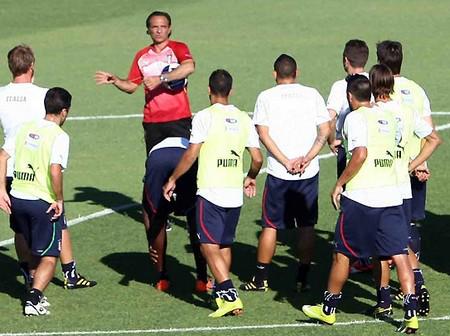 Do I want to explain a new exercise? I’ll choose a shorter distance, the social distance, so that everybody can hear my voice clearly, be actively involved in the explanation, and have the possibility of asking questions. By the way, a player has always the right to ask questions, and it is likely that a new exercise may raise doubts. If players are spread out on the field, requests such as “I didn’t understand... Can you repeat please... I didn’t hear...” could occur continuously resulting in a loss of time and patience.
Do I want to explain a new exercise? I’ll choose a shorter distance, the social distance, so that everybody can hear my voice clearly, be actively involved in the explanation, and have the possibility of asking questions. By the way, a player has always the right to ask questions, and it is likely that a new exercise may raise doubts. If players are spread out on the field, requests such as “I didn’t understand... Can you repeat please... I didn’t hear...” could occur continuously resulting in a loss of time and patience.- What if I need to correct a player while the others are working well? I approach him at a personal distance so that the other players’ work is not disturbed, distractions are avoided and the player can concentrate and better understand what I am telling them.
This foresight is disregarded sometimes because of rushing or laziness, but is necessary to avoid mockery from the teammates or embarrassment of the player who may feel pilloried by coaches who sometimes insist maliciously on the mistake instead of merely correcting it. Players have the right to make mistakes!
I’m working on group cohesion and mutual knowledge, I stand in the middle of the group.

Intimate distance is a delicate proximity: contact situations must be avoided as much as possible in order to prevent misunderstandings, also in the parents’ eyes increasingly sensitive to negative dynamics (for example, aggressive education patterns, etc.) and invasion of others’ personal space.
For instance, the contact with a player is justified when I help them to perceive the real position of their body or part of it in the space or when in contact with the ball, as well as for the so called “pat on the back” given as a sign of support.
When choosing the distance to adopt I have to consider not only my own person and my aims, but also whom I am dealing with, as I mentioned above. Resuming our considerations on intimate distance, a player can actually feel supported by our hug or pat on the back, but someone might feel threatened or even – I hope this is a most unlikely hypothesis – remember a past violence.
Mainly with small children and new players, it is a good rule to ask them, for instance, if we are allowed to guide them to a new position, or to add a sentence such as “you deserve a supportive pat on the back “ to a hug.
Proxemics deserve some additional considerations. This is why I’ll resume this topic in the next article, focusing on the many benefits of a correct use of interpersonal space.


